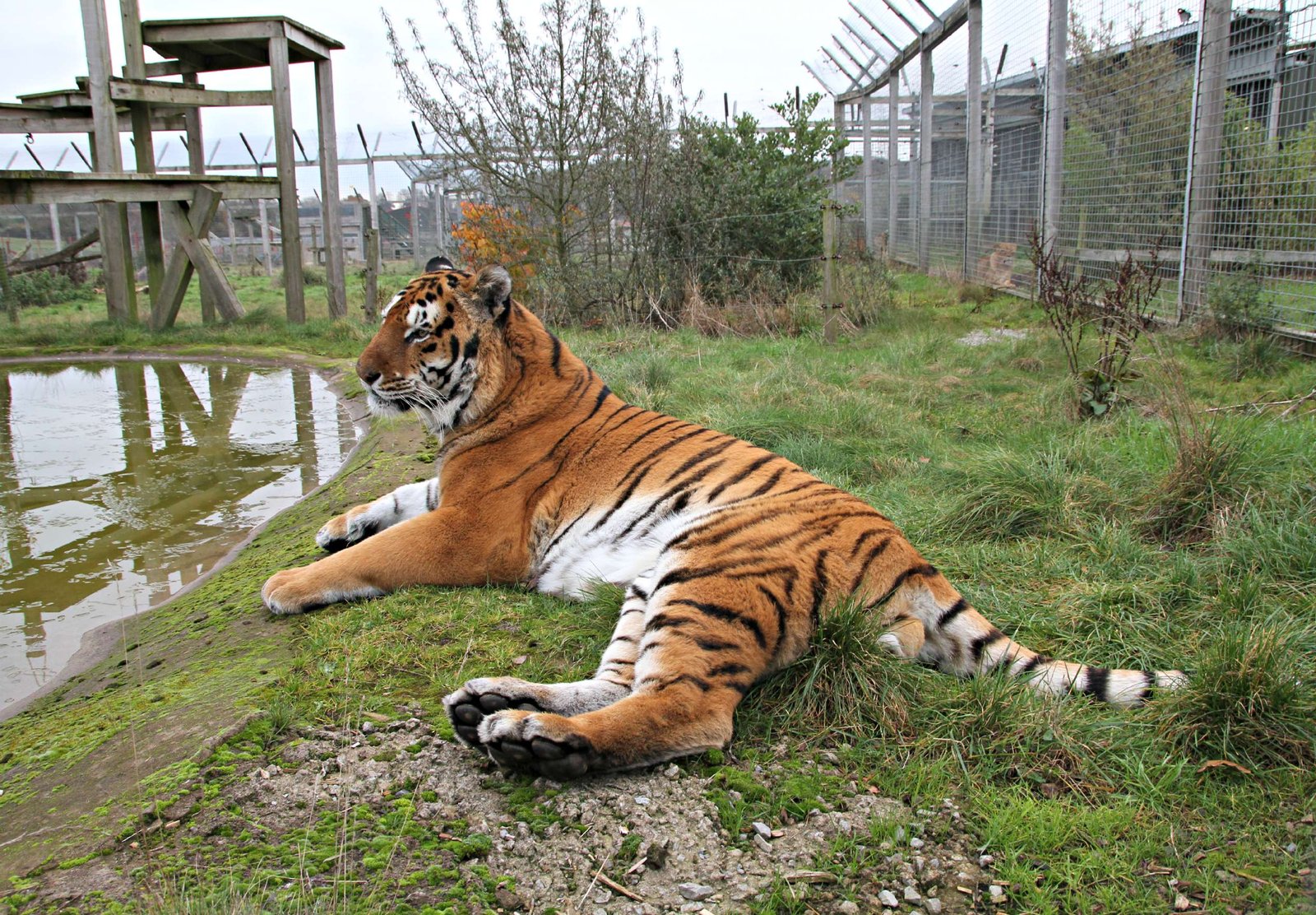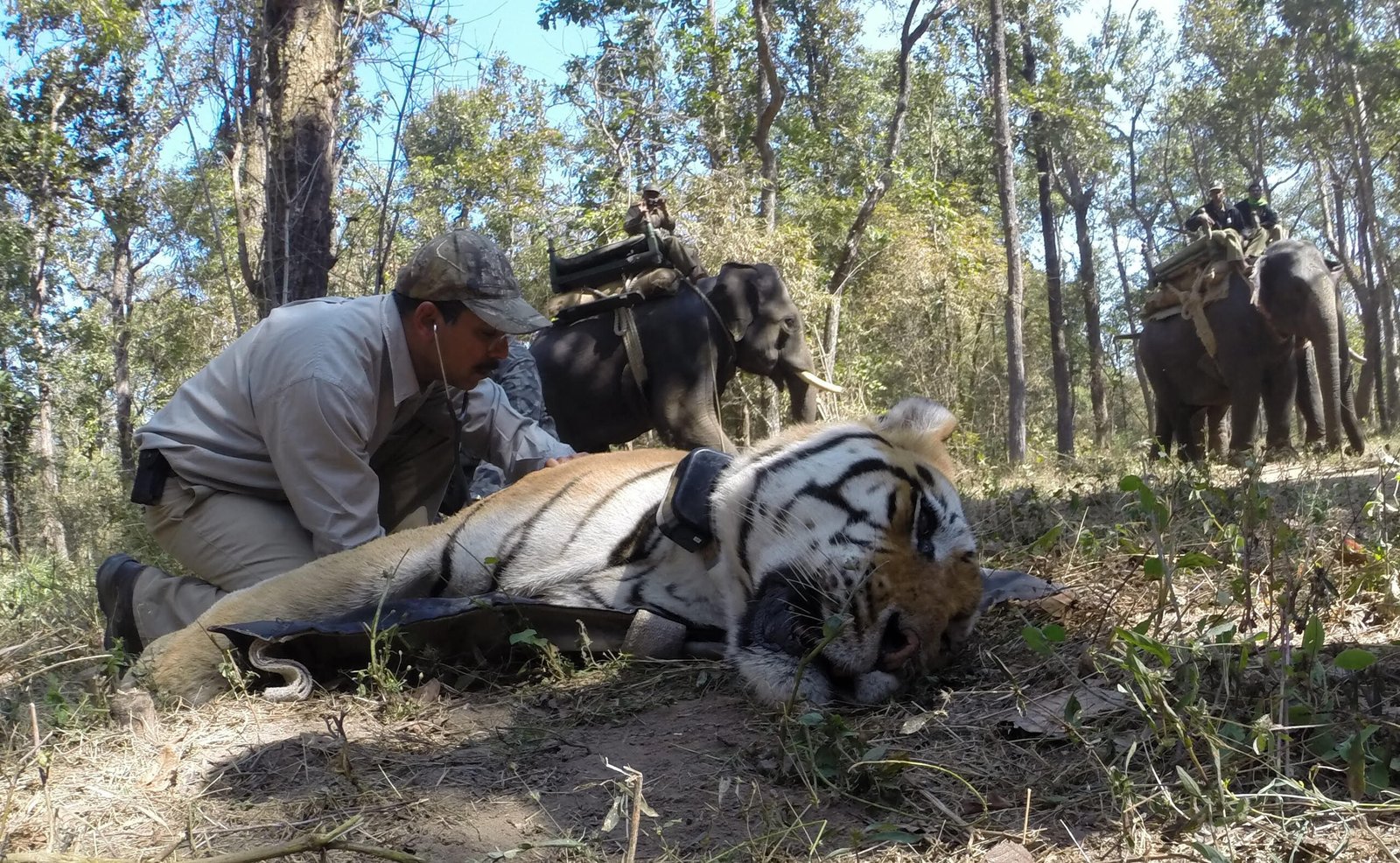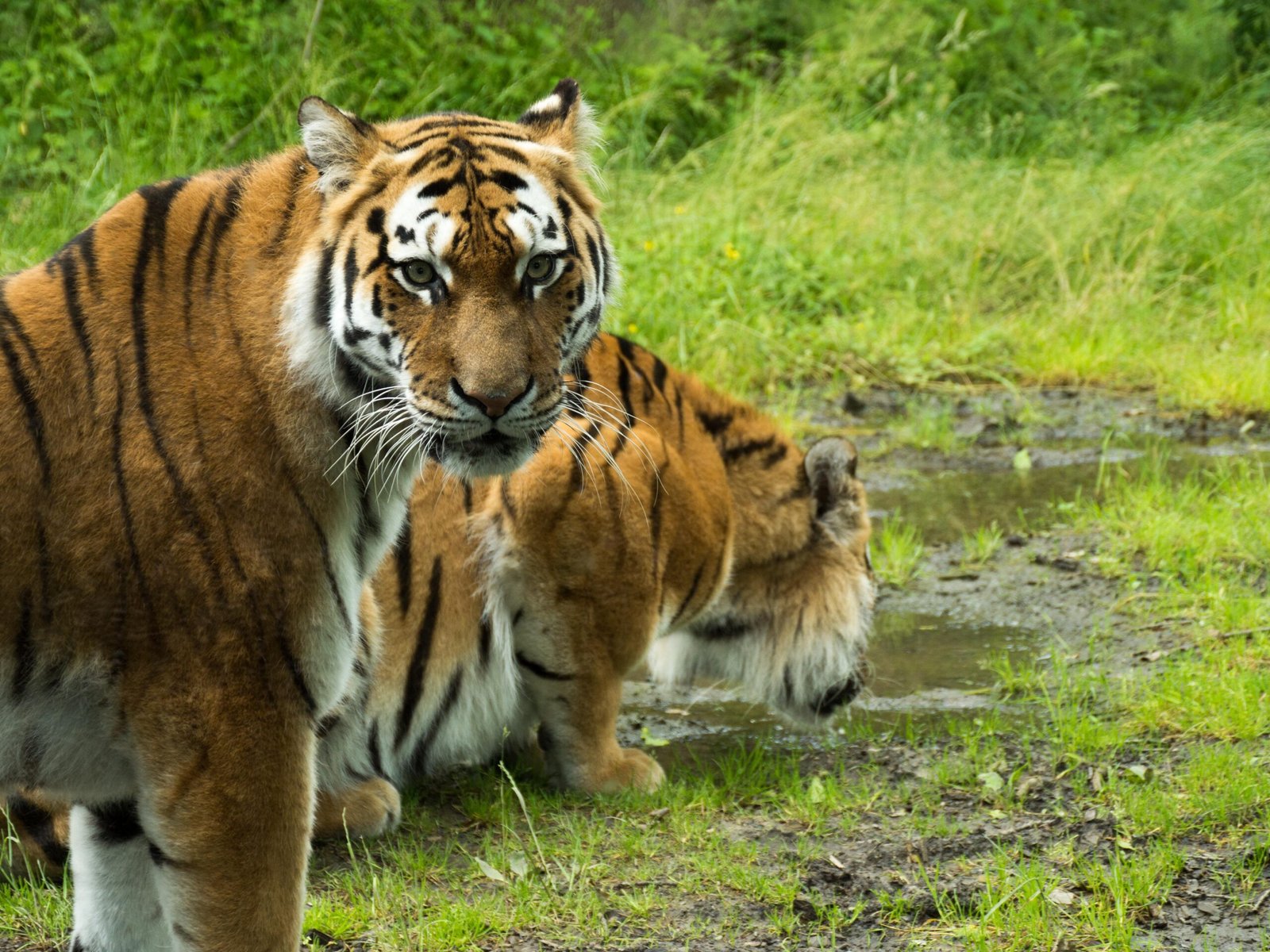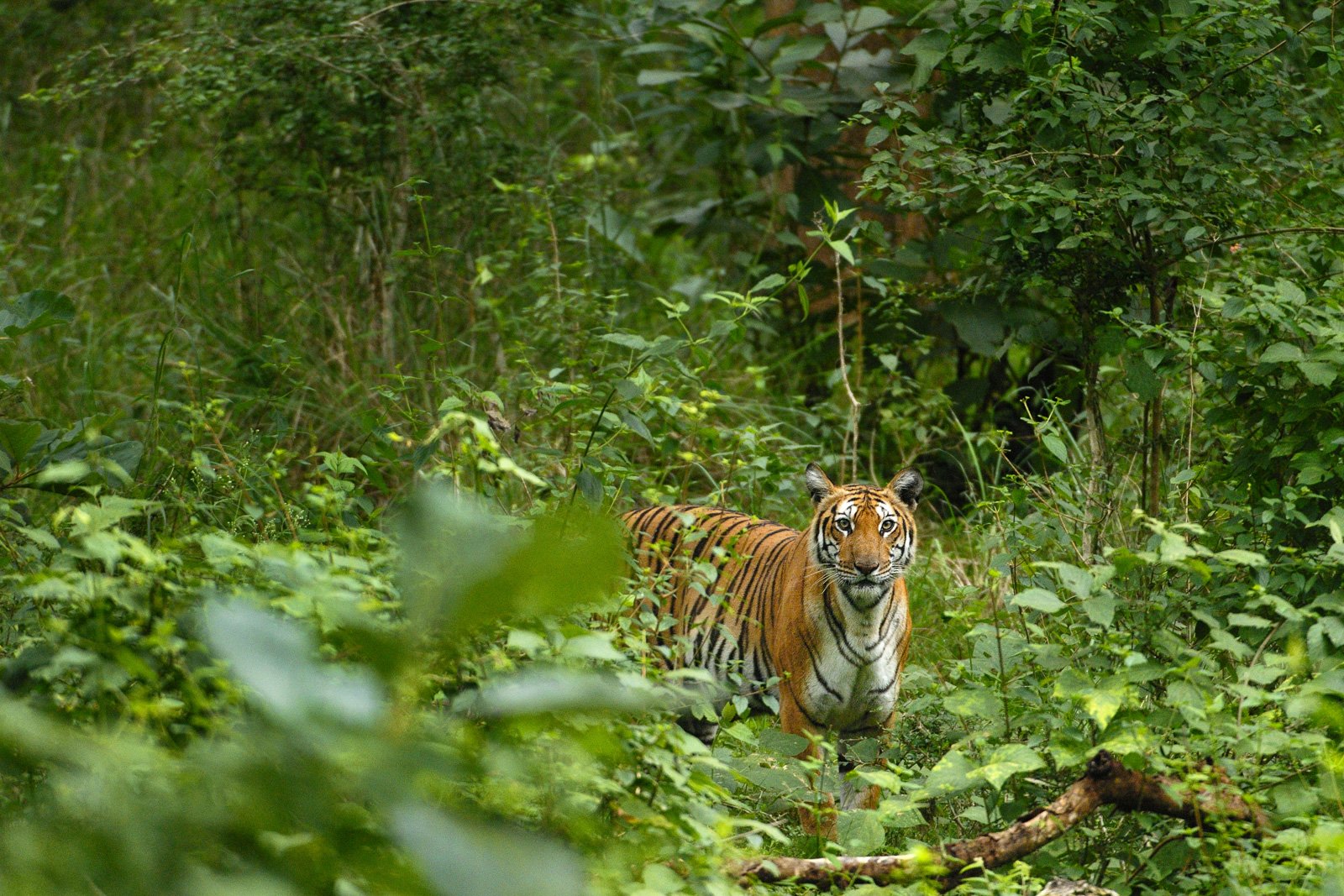Imagine standing at the edge of a dense jungle, hearing the distant roar of a tiger—a sound growing rarer every year. Now picture that majestic animal not in the wild, but pacing restlessly behind metal bars on a sprawling farm in Asia. This is the unsettling reality of tiger farming, a practice that sparks heated debate among conservationists and policymakers alike. Is it a necessary evil to save tigers from extinction, or a slippery slope toward their ultimate disappearance? The truth is tangled in emotion, economics, and ethics, making the fate of one of nature’s most iconic predators uncertain and deeply alarming. Beneath the surface, the issue is not just about the tigers, but about our own relationship with nature and the choices we make in the name of survival and progress.
The Origins of Tiger Farming

Tiger farming began in Asia in the 1980s, first taking root in China as wild tiger populations plummeted. Driven by demand for tiger bones, skins, and other body parts in traditional medicine and ornaments, entrepreneurs saw an opportunity—and a loophole. Instead of poaching dwindling wild tigers, they started breeding the animals in captivity. At first, the intention was twofold: to relieve pressure on wild populations and to supply legal markets. However, the practice quickly became controversial, as critics argued it fueled demand rather than curbing it. Today, tiger farms are found not only in China but also in Laos, Thailand, and Vietnam, each with its own twist on this controversial enterprise.
The Scale of the Industry
Tiger farming is no small-scale operation. Experts estimate that over 8,000 tigers are currently held in captivity across Asia, with the majority in China’s commercial breeding facilities. Some of these farms have hundreds of tigers, housed in conditions that range from basic to outright grim. The industry is lucrative, with tiger products fetching high prices on black and gray markets. In Thailand, for example, “tiger temples” have doubled as tourist attractions and breeding centers, blurring the line between conservation and commerce. The sheer scale of these operations raises urgent questions about oversight, animal welfare, and the true motives behind the farms.
Legal Loopholes and Regulatory Gray Areas
Tiger farming operates in a legal twilight zone. Internationally, the Convention on International Trade in Endangered Species (CITES) bans trade in tiger parts, but national laws often make exceptions for captive-bred animals. In China, government policies have at times supported breeding programs under the guise of conservation, even as they allow the sale of tiger bones from farmed tigers for traditional medicine. This patchwork of rules creates loopholes that traffickers and unscrupulous operators eagerly exploit. The lack of clear, consistent regulation makes enforcement difficult and undermines global efforts to protect tigers in the wild.
The Demand for Tiger Parts
Demand for tiger parts is deeply rooted in cultural traditions, particularly in China and Vietnam. Tiger bone wine, touted as a remedy for various ailments, is still prized among the wealthy elite. Tiger skins and teeth are used as status symbols, while other body parts find their way into folk remedies and charms. Despite public awareness campaigns and changing attitudes among younger generations, the allure of tiger products persists. The existence of legal tiger farms gives the false impression that buying these products is both safe and acceptable, complicating efforts to reduce demand.
The Plight of Wild Tigers
While tiger farms grow, wild tiger populations have continued to plummet. Fewer than 4,000 tigers remain in the wild, scattered in fragmented habitats across Asia. Poaching and habitat loss are the main culprits, but tiger farming adds a sinister twist. Critics argue that the availability of farmed tiger parts keeps the illegal market alive, making it easier for poached products to be laundered and sold as “legal.” The constant threat of poaching means that even the most remote reserves are not safe, and the presence of farms nearby only increases the risk.
Conservationists’ Fierce Debate
Conservationists are deeply divided over tiger farming. Some experts claim that breeding tigers in captivity could help stabilize populations and provide a source for future rewilding efforts. Others argue that farming undermines the moral and ecological case for protecting wild tigers. The World Wildlife Fund (WWF) and other major groups have come out strongly against tiger farming, warning that it perpetuates demand and distracts from the real issues of habitat loss and poaching. The debate is fierce, with passionate voices on both sides and no easy answers in sight.
Animal Welfare Concerns
The welfare of tigers in farms is a subject of growing concern. Unlike their wild counterparts, farmed tigers often live in cramped, unnatural conditions, deprived of space, stimulation, and proper care. Reports of malnutrition, disease, and even cannibalism have surfaced from some facilities. Many tigers are bred solely for their body parts, with little regard for their health or quality of life. Animal rights advocates liken the experience of farmed tigers to that of battery chickens—alive but far from truly living.
Genetic Risks and Inbreeding
Years of captive breeding have created a genetic mess for many farmed tigers. With little oversight or planning, inbreeding is rampant, leading to a host of health problems: deformities, weakened immune systems, and shortened lifespans. These genetic issues make farmed tigers poor candidates for reintroduction into the wild. Even if released, many would be ill-equipped to survive, let alone contribute to the long-term health of wild populations. The loss of genetic diversity is a quiet catastrophe unfolding behind closed gates.
Impact on Illegal Poaching

One argument made in favor of tiger farming is that it could reduce poaching by satisfying market demand legally. However, research and real-world evidence suggest the opposite. As long as wild tigers are seen as more “potent” or desirable, poachers will continue to target them. The existence of legal farms can create cover for illegal products, making it easier for traffickers to pass off wild-caught tiger parts as farmed. Instead of reducing pressure on wild populations, tiger farming may be making their plight even worse.
The Shadow Economy of Tiger Trade
The illegal tiger trade is a shadowy, lucrative business that stretches across continents. Tiger parts are smuggled over borders, hidden in cargo, and sold through underground networks. The profits are staggering, rivaling those of the drug trade in some regions. Tiger farms often serve as both source and smokescreen for illegal activity, making law enforcement’s job nearly impossible. The intertwining of legal and illegal markets creates a murky world where tigers are commodities, not creatures.
Tourism’s Double-Edged Sword

Tiger tourism is a booming industry in parts of Asia, with visitors flocking to see, pet, and photograph captive tigers. While some facilities claim to support conservation, many put profit above animal welfare. Tourists are often unaware of the darker side of these attractions, where cubs are separated from mothers and adults are forced to endure constant handling. The revenue generated by tourism can be a double-edged sword—propping up questionable operations while diverting attention from the urgent needs of wild tigers.
The Role of Traditional Medicine
Traditional Chinese medicine (TCM) remains a major driver of demand for tiger parts. Despite official bans, many practitioners continue to prescribe tiger bone and other products, often citing centuries-old beliefs in their healing powers. Efforts have been made to promote herbal and synthetic alternatives, but change is slow. The persistence of these practices highlights the challenge of shifting deep-seated cultural beliefs, even in the face of overwhelming scientific evidence and conservation concerns.
International Pressure and Policy Shifts
Global outrage over tiger farming has prompted some governments to reconsider their policies. International organizations, including CITES, have called for an end to the breeding of tigers for trade. In recent years, China has sent mixed signals, at times tightening controls and at others relaxing enforcement. Laos and Vietnam have faced international scrutiny for their roles in the trade, with some facilities shut down under pressure. Yet, the political will to end tiger farming altogether is still lacking in many quarters, and progress remains frustratingly slow.
Community Involvement and Local Solutions
Solutions to the tiger crisis require more than top-down policy changes. In many regions, local communities are stepping up to protect tigers and their habitats. Community-based conservation initiatives offer villagers alternative sources of income, such as eco-tourism or sustainable agriculture, reducing their reliance on poaching or illegal trade. These grassroots efforts show that when people see value in keeping tigers alive, everyone benefits—nature and humans alike.
Scientific Advances in Conservation
Science is opening new doors in the fight to save tigers. Genetic analysis helps track poaching networks and identify the origins of seized tiger products. Camera traps and satellite collars provide never-before-seen glimpses into wild tigers’ lives, informing better protection strategies. Some researchers are exploring assisted reproduction techniques, though these remain controversial. The hope is that science, paired with strong laws and community action, can turn the tide for tigers before it’s too late.
Captive Breeding vs. Wild Conservation
There’s a world of difference between breeding tigers for profit and conserving them in the wild. Captive breeding, done properly, can help bolster depleted populations and maintain genetic diversity. However, most tiger farms are not focused on conservation, but on maximizing yields for the market. True conservation means protecting habitats, connecting forest corridors, and allowing tigers to fulfill their natural roles as top predators. The debate over priorities continues, with the future of the species hanging in the balance.
What Does the Public Think?

Public opinion on tiger farming is shifting, especially as stories about animal suffering and illegal trade break into the news. Many people are shocked to learn that more tigers live in captivity than in the wild. Social media campaigns and documentaries have galvanized global support for wild tiger conservation, putting pressure on governments and businesses to act. Still, apathy and misinformation remain obstacles, making education and outreach more important than ever.
Economic Realities and Incentives

The economics of tiger farming are complex. For some, breeding tigers is a lucrative business with few legal risks and high rewards. For others, tigers are a source of pride and a symbol of national heritage worth protecting at all costs. Finding economic incentives that reward conservation over exploitation is key. Eco-tourism, for example, can generate sustainable income while preserving tigers and their habitats. The challenge is to shift the balance in favor of long-term stewardship, not short-term gain.
Ethical Dilemmas and Cultural Conflict
Tiger farming sits at the crossroads of ethics and culture. Is it right to breed wild animals in captivity for human use? Can centuries-old traditions be reconciled with modern conservation needs? These questions provoke intense debate, often pitting conservationists against cultural defenders. There are no easy answers, but the choices made today will shape the fate of tigers—and perhaps our own relationship with the natural world—for generations to come.
Hope for the Future

There are glimmers of hope in the fight to save tigers. Some countries are cracking down on illegal trade, while others are investing in habitat restoration and anti-poaching patrols. Scientists, activists, and ordinary people are working together as never before. The path forward is difficult but not impossible. The story of the tiger is still being written, and the ending depends on the courage and compassion of people everywhere to stand up for these magnificent creatures.



